Choosing the Right Microphone
Capturing sound in today’s digital studio requires three components. The first is a microphone to change sound into an electrical audio signal. Second, an Analog to Digital Converter (ADC) to change this electrical audio signal into digital data. Finally, an interface is required to feed this digital data into the computer. A microphone is the first electronic device in the path of getting sound into your computer and ultimately to your podcast, voiceover or content stream. There are several types of microphones and there are a few things that differentiate them. We’ll go over some of the choices you can make when selecting a mic for your studio.
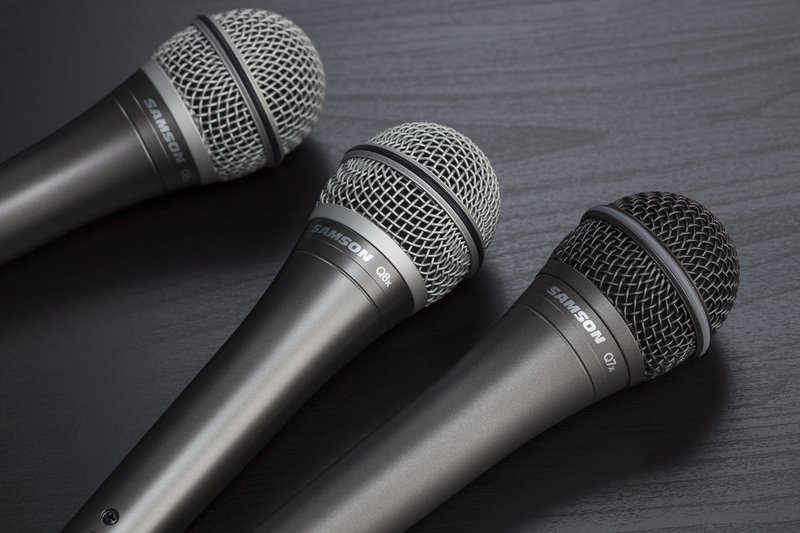
Connection type: XLR vs USB
XLR Microphones
Traditionally for nearly the entire history of the electric microphone, the most common connector used was a male XLR jack. These “XLR microphones” are found on stages and in professional studios around the world. The output of an XLR microphone is an analog signal that will eventually need to be converted into a digital stream in order for the computer to use it. A separate digital interface or a mixer with a built-in interface usually handles the job of this “A to D” conversion. XLR microphones generally start off inexpensive and can go up to thousands of dollars. But the price of a microphone is not necessarily the most important thing to determine if it’s right for your application. Also, multiple XLR mics can be plugged in a mixer so several people can be miked and have their levels adjusted individually.
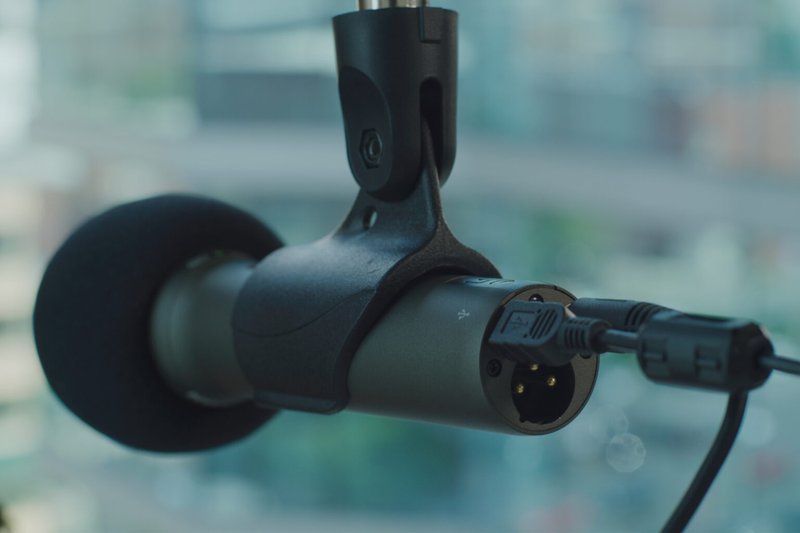
USB Microphones
In the late 90s, USB ports became the standard interface included on almost every shipping computer. Not long after that, manufacturers started producing USB microphones. For the first few years of USB, most of the microphones produced were cheap, low-quality headset mics. Then, in 2005, Samson introduced the first USB studio condenser mic, the C01U. This was the first time a consumer was able to plug a microphone directly into their computer and get a high-quality reproduction of their voice.
An important thing to look for in a USB mic is a Zero-Latency Headphone Jack. Normally, to monitor the signal as you record, it would need to go from the Mic, to the computer and then back, this journey cause a very slight, but audible delay. This delay, however small, can be very distracting. By adding a headphone jack directly to the USB microphone, you can monitor the input signal directly from the mic element, before it reaches the computer.
Microphone Types - Dynamic vs Condenser
There are several types of microphone capsules, but the two you’re most likely are to encounter are Dynamic and Condenser. Each of these capsule types has their own sound characteristics and traits, so in choosing the one that’s right for your creative workflow, you’re going to want to be aware of the differences between them.
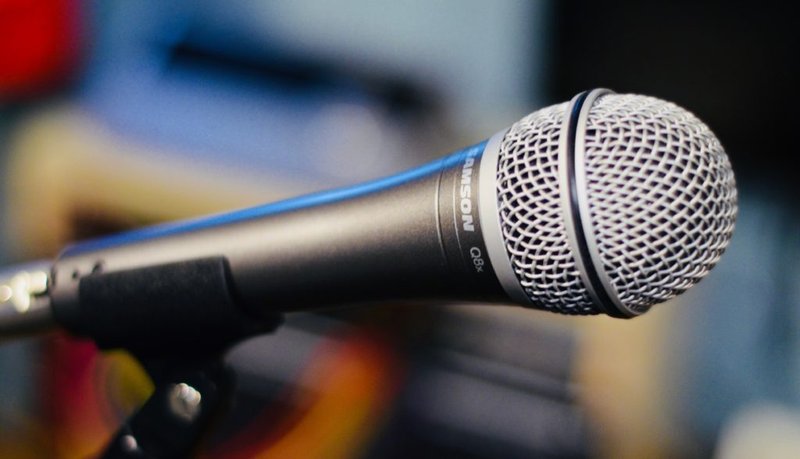
Dynamic Microphones
Dynamic microphones are self-powered, and transform sound vibrations in the air into an audio signal by passing an electrical coil through a set of permanent magnets. Because the entire coil is in motion, dynamic microphones are less able to respond to abrupt changes in volume, and the frequency response may be curtailed at the extreme ranges. However, this also allows the dynamic microphone to withstand a greater SPL (Sound Pressure Level) and easily accommodate the vocal range of nearly any performer.
These mics do not require any external (phantom) power and are most often associated with the handheld microphones that live performers use on stage. However, Dynamic mics are also found in many radio studios around the world. Dynamic mics have a “warmer”, less trebly sound than condenser mics and excel at capturing sound that is close to the capsule and minimize ambient noise and other sounds that are further away.
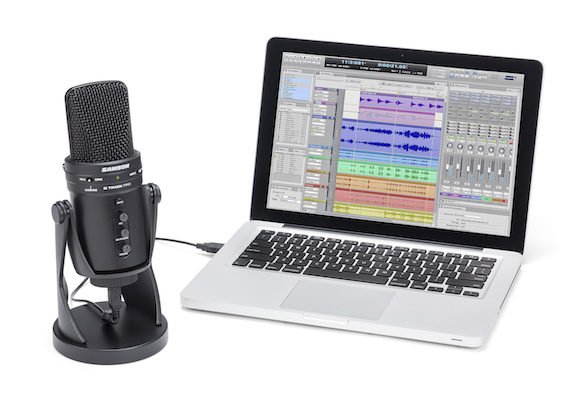
Condenser Microphones
Condenser microphones rely on an external power source to “energize” the microphone circuitry. In the pro audio world, this source is referred to as phantom power, and is usually provided by a mixer. In the world of USB microphones, a small voltage is delivered to the microphone from the computer via the USB cable. Most USB microphones you encounter are likely to use a condenser element. These mics provide a smoother response over a larger frequency range (when compared to Dynamic mics), and in general deliver a more accurate signal in a studio setting.
Condenser mics tend to sound “brighter” than dynamic mics and have a higher sensitivity. Because of that sensitivity, these mics often evenly pick up sounds that are both close and far from the mic capsule, which when combined with makeshift content creation studios, can lead to noisy audio capture.
For sound isolated podcasting studios, a condenser mic may be the best choice. In non-dedicated environments (with no sound isolation), a dynamic mic will help to capture only the speaker’s voice and help to avoid sounds from the surrounding environment.
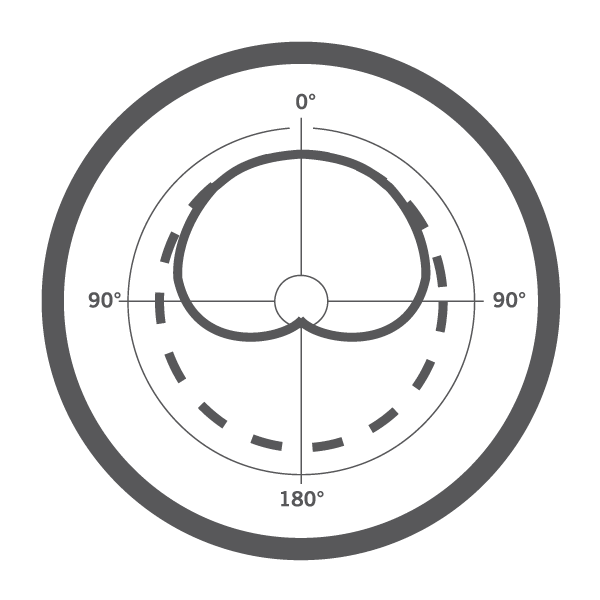
Pickup patterns
In addition to mic capsule type, there are also microphone pickup (often called “polar”) patterns to consider. A microphone’s polar pattern is an indication of its directivity, which simply means where around the mic it’s going to pick up sound the most. There are three major types of patterns we’ll discuss in this section. Keep in mind that there are more pickup patterns than we’ve outlined below, these are the ones you’re likely to encounter most often.
The Omnidirectional pattern is the easiest to describe. An Omnidirectional pattern picks up sound equally, 360° around the mic. This would be the ideal pattern for picking up subjects seated around a table, simply placing an “omni” mic in the middle of the table will capture everyone and everything at that table evenly.
Next up is Bidirectional which also goes by the name “Figure-8”. A bidirectional mic will pick up sound in front and in back of where it’s located, but sounds on the sides will be rejected. The most often used application for a bidirectional mic is an interview with the mic set up between the interviewer and the subject. This will allow both voices to be picked up evenly, but sounds on the sides will be avoided.
Finally we come to the Cardioid family of pickup patterns. Cardioid mics (sometimes referred to as unidirectional) excel at picking up sound directly in front of the mic, some sound to the sides, and very little sound behind the microphone. Supercardioid and Hypercardioid mics are more extreme versions of cardioid patterns that offer more side rejection at the cost of picking up slightly more sound from the rear. These mics are great for a single speaker that wants pick up only their voice, and avoid sounds coming from other places.
You’ll often see the term “Multipattern” when looking at mics. This means the mic offers a switch that allows you to select a polar pattern that you feel would be right for a particular situation. So if you plan on using a mic in a group setting one day, but then just yourself in front of it the next, a multipattern mic will offer you that flexibility.
What's right for you?
If you’re just starting out and don’t have a dedicated studio setup, you’ll probably want to go for a Dynamic microphone with a cardioid pickup pattern. If you don’t have an audio interface to convert analog sound from XLR to digital audio for your computer, a USB mic is going to be the best choice. Samson’s Q2U podcasting package is a great starting solution that will grow with you. It features the Q2U Dynamic mic with both XLR and USB connections as well as a built-in headphone jack, windscreen, tripod mic stand with extender tube and a USB cable, everything you need to get started.
If you’ve got a sound isolated studio and are interested in trying a condenser mic with a few different pickup patterns, Samson’s G-Track Pro is a large diaphragm Studio Condenser Mic with selectable pickup patterns, USB connectivity along with a headphone jack and an external input in case you want to plug in a musical instrument or other sound source as well.
Finally, if you’ve got a bit more budget and are looking for a Pro Broadcasting sound, the Samson Q9U Dynamic Broadcast Mic has both XLR and USB connectivity, a cardioid polar pattern, dedicated EQ switches, and a yoke style mic stand mount in a sleet, sturdy, all black chassis.
